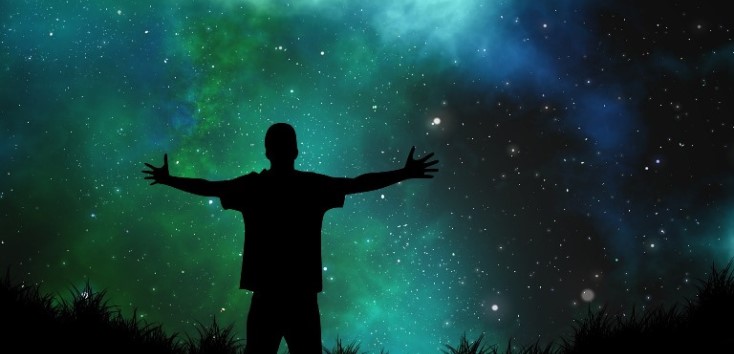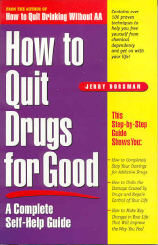Drugs of Abuse
For information on specific drugs, see the following eight sections:
- Marijuana
- Cocaine
- Hallucinogens
- Inhalants
- Heroin, Opiates and the Analgesics
- Amphetamines and other stimulants
- Depressants
- PCP and Ketamine
Introduction to Drugs of Abuse
“The universal human need for liberation from…mundane existence is satisfied by experiencing altered states of consciousness. …Some follow the paths of prayer or meditation in their quest for spiritual insight, while others are transported to the higher planes by way of ecstasies induced by art, music, sexual passion or intoxicating substances.” -Richard Rudgley
“Everything is a dangerous drug except reality, which is unendurable.” -Cyril Connolly
In our society we have available to us a wide array of substances. From the corner drugstore to the dealer in the streets, we can find almost anything. But what makes some substances more attractive than others? Why do some become “drugs of abuse?”
Every substance with psychoactive traits has the potential to become a drug of abuse. A psychoactive substance, when we take it, changes our consciousness. That is, it changes the way things appear to us or the way we feel.
Of course, this result can hold a powerful attraction for us. How completely compelling! If the world seems dull, we merely need to take some magic potion to make things come alive again. Simple. Easy.
Perhaps too easy.
Perhaps too compelling. We humans can become addicted to substances such as these. We can find ourselves loving the magic so much that we keep coming back for more.
Which many of us do. In our lifetimes nearly every one of us will try at least one psychoactive substance. Most of us will stick to drugs that are legal. For example, the mild stimulant caffeine, found in coffee, tea, chocolate, and soft drinks, has become one of the most widely used psychoactive substances in the world.
But in our lifetimes, about 35% of us in the United States will try at least one illicit drug—marijuana, cocaine, heroin, PCP, methamphetamine, an inhalant, a hallucinogen, or the non-medical use of a psychotherapeutic (e.g., stimulant, sedative, tranquilizer, or analgesic). About 11% of us report that we have used at least one of these illicit drugs during the past year, and 6.1%, or more than 13 million, are “current users.”



